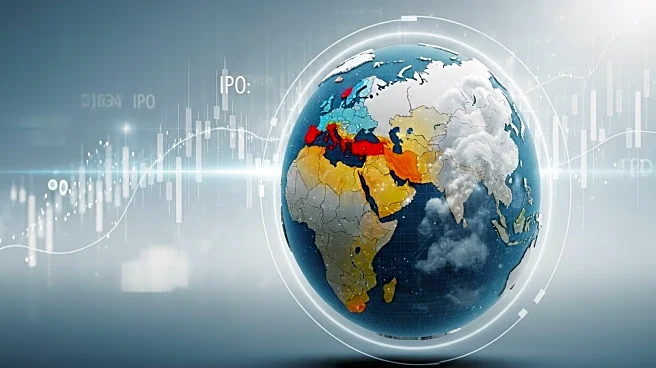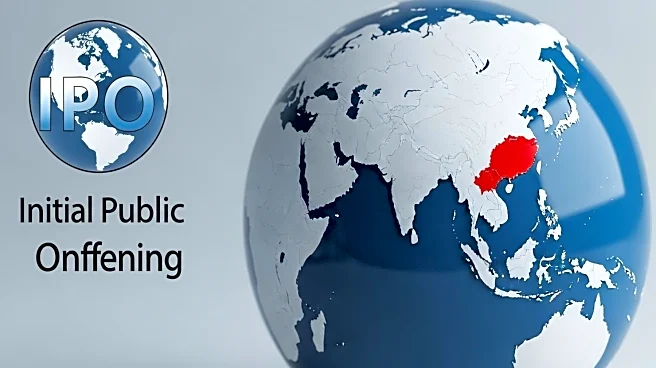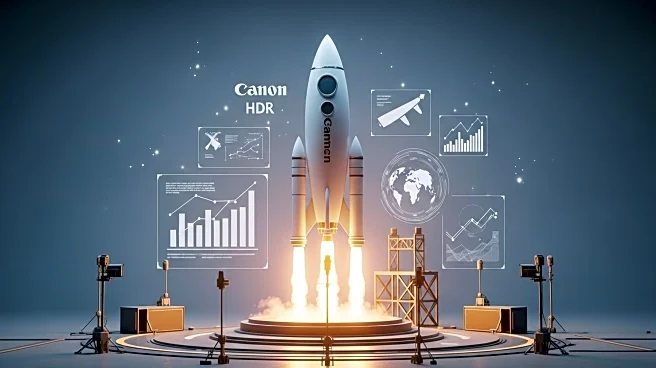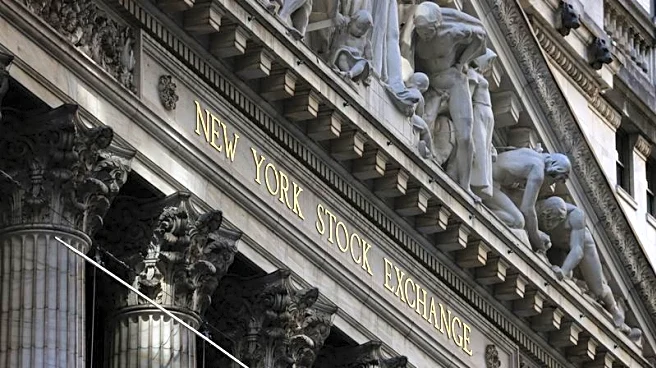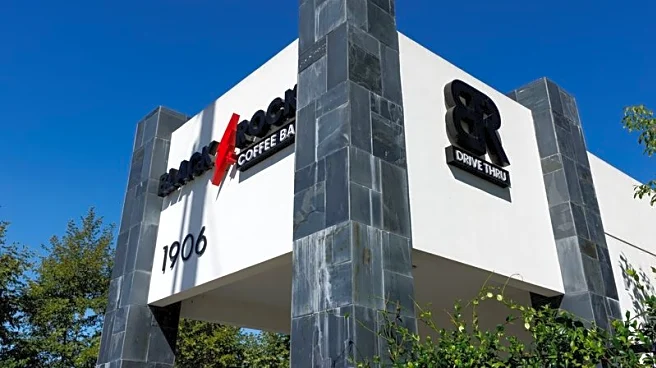What's Happening?
The U.S. and Asia are experiencing a surge in initial public offerings (IPOs), leaving Europe behind. Klarna, a major European fintech company, opted for a New York listing, highlighting the trend. North America has raised $17.7 billion from 153 deals, while Europe has only managed $5.5 billion from 57 listings. The lengthy and unpredictable IPO process in Europe, coupled with market volatility, is a significant concern. European markets are selective, demanding high-quality companies for public listings. The U.S. offers a more streamlined regulatory environment, attracting companies seeking liquidity and capital.
Why It's Important?
The disparity in IPO activity between the U.S., Asia, and Europe has implications for global financial markets. The U.S. and Asia's dominance in IPOs could lead to increased investment and economic growth in these regions, while Europe may struggle to attract capital. This trend could impact European companies' ability to raise funds for expansion, particularly in capital-intensive industries like AI and energy. The U.S.'s regulatory framework provides a competitive advantage, potentially drawing more companies away from European exchanges.
What's Next?
European markets may see increased activity later in the year, with a strong pipeline for 2026 and 2027. However, the U.S. and Asia are expected to continue leading in IPO activity. Companies in Europe may need to adapt to the selective market environment, focusing on quality and consistency to succeed in public listings. The regulatory fragmentation in Europe remains a challenge, and efforts to streamline processes could be necessary to compete with the U.S. and Asia.

